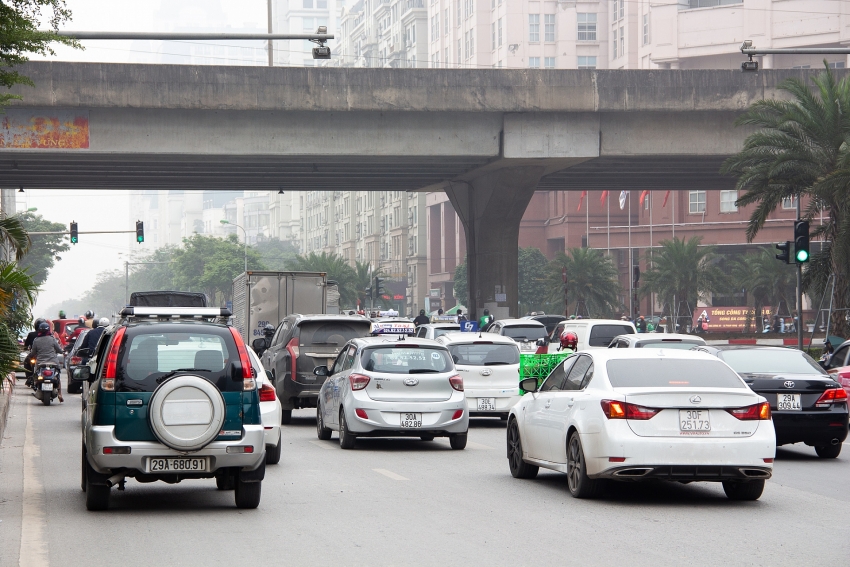Siemens installs intelligent road solutions for Hanoi
 |
| The Pham Hung - Me Tri intersection in Hanoi has just been installed with Siemens very-low-power signal heads |
The installation replaced the existing signal heads with Siemens very-low-power signal heads. In comparison to the previously installed signal heads an exceptional overall power consumption reduction of roughly 70 per cent is achieved. In addition to the new traffic lights a compatible Siemens controller “sX” (Smart Crossing) was installed.
The sX controller is currently the most sophisticated controller the Siemens product portfolio offers. Various traffic detectors can be connected to it that enable demand-based traffic control. Furthermore, it can be connected to other controllers at different intersection, which supports a holistic city traffic management system.
Siemens is currently running this intersection as a pilot project – VAST (Video Analytics for Smart Traffic). As a next step the integration of video-based traffic detection is planned, which enables the preparation and implementation of optimised signal plans.
| This new solution is intended to be rolled out to other parts of the city to improve the overall traffic conditions of the capital city. |
This new solution is intended to be rolled out to other parts of the city to improve the overall traffic conditions of the capital city.
“Through close collaboration amongst Siemens and various parties, we are extremely proud to deliver such innovative and green traffic solutions to the city of Hanoi. This is the answer to the increasing demand of traffic management and environmental protection for the citizens,” said Pham Thai Lai, president and CEO of Siemens Vietnam.
Motorbike is the most popular mode of transport in Hanoi. Statistics show that more than 90 per cent of the registered vehicles are motorbikes.
During peak hours, the streets are congested by thousands of motorbikes per intersection. Siemens’ developed traffic control via video-analytics offers a customised solution for these conditions.
Traffic is detected and traffic light timings adjusted accordingly throughout the whole city to allow best possible traffic flow. For example, during peak-hour morning traffic a green wave can be enabled in the main travel direction, whereas in the evening peak-hour the opposite direction can be prioritised.
This increases traffic throughput at intersections and allows the traffic to flow through the city, lowering overall travel time as well as noise and air congestion.
Furthermore, these improvements in traffic conditions will foster better discipline, encourage road safety in road users, and ultimately improve the quality of life for city dwellers.
What the stars mean:
★ Poor ★ ★ Promising ★★★ Good ★★★★ Very good ★★★★★ Exceptional
Related Contents
Latest News
More News
- Ho Chi Minh City hits $8.37 billion in FDI (December 29, 2025 | 08:28)
- Tax sector wraps up 2025 and sets priorities for next year (December 25, 2025 | 14:00)
- Heavy industries set for pilot greenhouse gas quotas (December 25, 2025 | 10:00)
- $250 million deal targets women-owned SMEs, sustainable agriculture (December 22, 2025 | 17:40)
- UOB sees Vietnam growth easing in fourth quarter (December 22, 2025 | 17:39)
- Government moves to establish International Financial Centre (December 21, 2025 | 21:00)
- Vietnam's IFC to target global investment flows (December 21, 2025 | 18:00)
- Ha Tinh breaks ground on major Vingroup industrial and energy projects (December 19, 2025 | 18:24)
- EVN launches major power infrastructure projects nationwide (December 19, 2025 | 18:17)
- VAL inaugurates second production line to meet domestic animal feed demand (December 19, 2025 | 16:37)

 Tag:
Tag:



























 Mobile Version
Mobile Version